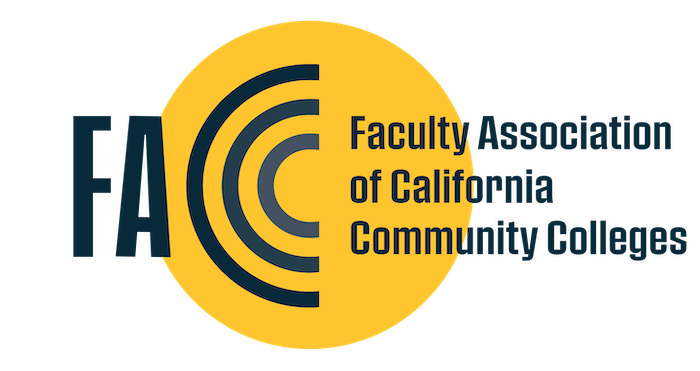So, you have mastered Zoom teaching, you are an expert at asynchronous classroom design, and you can adeptly handle yourself in a face-to-face classroom. Now, it’s time to flex those teaching muscles yet again, or to be more precise, hyflex them. Hyflex is the latest teaching disruption to come to the community college classroom; with many schools actively using it this fall as part of the normal schedule options for students and faculty.
First, what is a hyflex classroom?
A hyflex classroom refers to a versatile learning space that combines both face-to-face and remote teaching methods. It allows students to participate in a single-class session through various modes, including physical attendance, virtual participation, or by accessing recorded lectures. By utilizing technology tools like video conferencing and learning management systems, hyflex classrooms enable seamless interaction and engagement among students and instructors, regardless of their location. This approach prioritizes flexibility and accessibility, accommodating different learning preferences and circumstances. The idea behind adopting the hyflex model is that educational institutions can work towards establishing inclusive and flexible learning environments that encourage student engagement and cultivate a sense of community among both in-person and virtual learners.
Faculty seem to be resigned to hyflex as just part of the new normal for teaching. Michelle Frances, who serves as the Child Studies Faculty at West Valley College and chairs the TEACH Center/Professional Development, acknowledges this change, stating, “It's a necessary evil. I don't feel as connected to my 'Zoomies', but they feel connected, so that is something. Also, they talk about the equity issue. Students have more access and ability to attend class if they are sick, etc. The work is 10x harder because you must think of ways to transition in-person or straight Zoom activities to the alternative delivery method. It stretches my creative thinking and pedagogical toolbox.”
The reality is that hyflex and online learning environments are a lot more work for faculty, and this work has yet to show up in contract negotiations, but hopefully, it will soon. In a hyflex environment, faculty face the challenge of preparing two different sets of materials and adjusting lesson plans to ensure that both Zoom students and in-person students receive a high-quality learning experience. This is essential for fostering an inclusive community that provides equal opportunities for all students to participate in activities and learn collaboratively.
West Valley’s Michelle Frances offers up some best practices for teachers when teaching in a hyflex model:
“The interesting thing about hyflex is that it really depends on the teacher. I am a critical social constructivist, so much of my teaching revolves around a flipped classroom. I expect students to come to class to DO something (in community) with the information. That being said, I look at my in-person methods and modify them for the hyflex environment. I find that having a product that is expected of students helps them feel more motivated to complete the work. I use jamboard, docs, slides, etc. to get students to create a group product. They must read the text/article or watch the video/listen to podcast and then complete a scenario/case study/ crowd sourced resource expectation and then report back to the larger class. I put all students into break-out rooms, and I find that I switch up those groups a lot in the beginning and then keep them more consistent in the end when they have built a community. The in-person students have table teams, and they pretty much stay in those teams. I use Canvas to post the assignment and ask all students to submit there (and then grade them there as well for each assignment). I find that, in the beginning especially, I do community building activities (like conversation starters) that involve "roomies" and "Zoomies". I have the roomies ask the Zoomies the questions (addressing them by name). I find that this back and forth builds community and reminds me that the Zoomies are there. I have found that Smart Boards work well for the hyflex method because then I don't have to stand behind a desk.”
In the quest to establish a new standard for students, instructors and campuses are turning to hyflex classrooms, which have the potential to deliver high-quality hybrid classes. These classes offer students the flexibility to choose the learning location that suits them best on any given day. This level of adaptability represents a significant stride toward providing more equitable learning options and eliminating geographical barriers for students in the future.
FACCC blog posts are written independently by FACCC members and encompass their experiences and recommendations. FACCC neither condemns nor endorses the recommendations herein.
